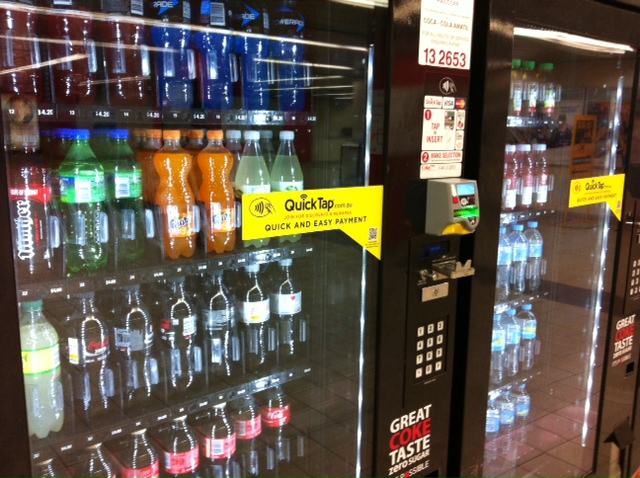Being able to make sense of data is one of the challenges of modern business.
In the case of data visualization service Encompass, the business was founded after its founders were caught out by not knowing all the information behind business deal.
The latest Decoding The New Economy video is an interview with Roger Carson and Wayne Johnson, the co-founders of Encompass, a cloud based data visualisation company.
Encompass takes corporate information such as credit information and business registration details and renders it into a form that’s easy to read for salespeople, bankers or anyone doing due diligence on an organisation or individual.
“A lot of it is about bringing the information together and making it usuable and simple to use,” says Wayne. “If you can’t get that information easily and it takes relationships with lawyers to put it all together or your own legal advisor takes a long time to get this together, it’s costly and you may miss things.
Wayne and Roger’s path to starting Encompass came from being caught out in a property deal where it turned out some of the business partners wouldn’t have passed close examination.
“The property venture we went into was not a success,” Roger explains. “If we had known about the people and the properties and the companies involved on the other side of that transaction we probably would not have got involved in it.
“The genesis of this product really came about because we were involved in a transaction where we didn’t have the full picture, we couldn’t get the full information quickly and we therefore realised there had to be a better way for people to look at commercial transactions and get the full picture.”
It’s often said that information is power, but the real power lies in being able to understand the data we’re being flooded with. Encompass are a good example of the new breed of business that’s helping others deal with the masses of information we’re all being inundated with.






